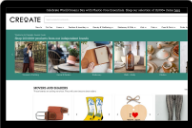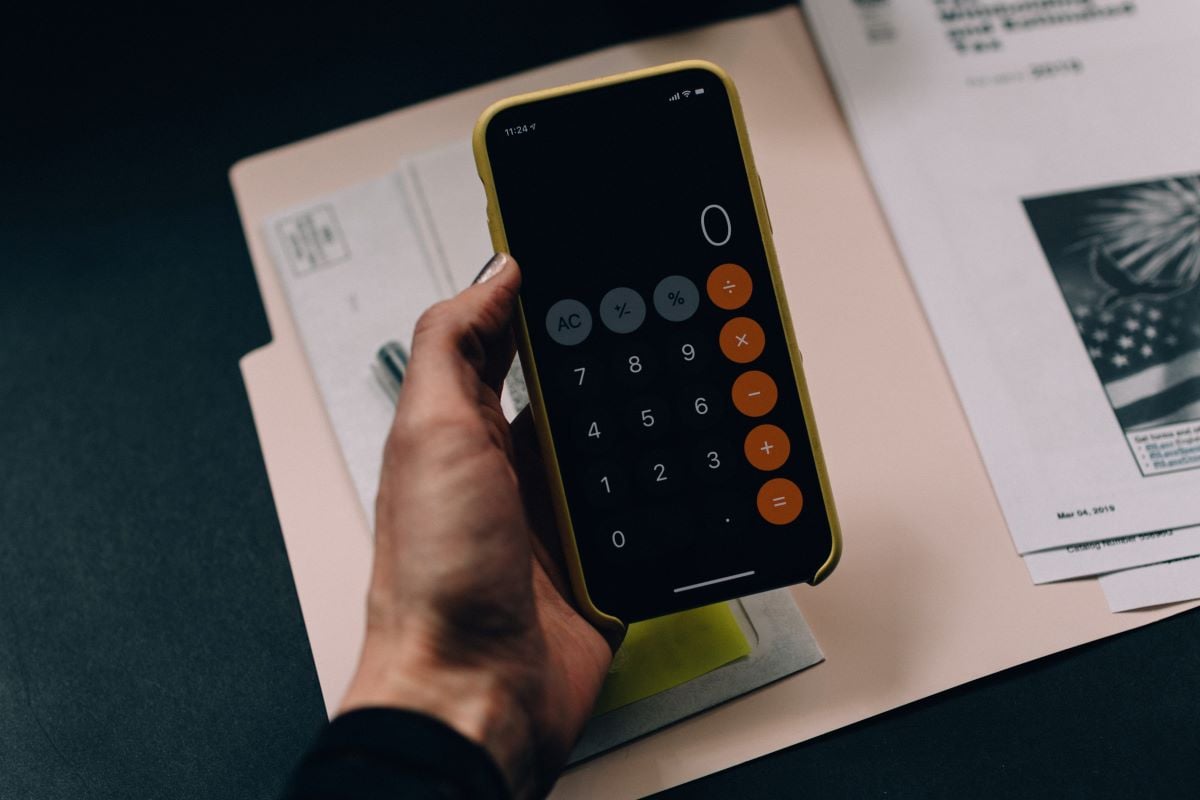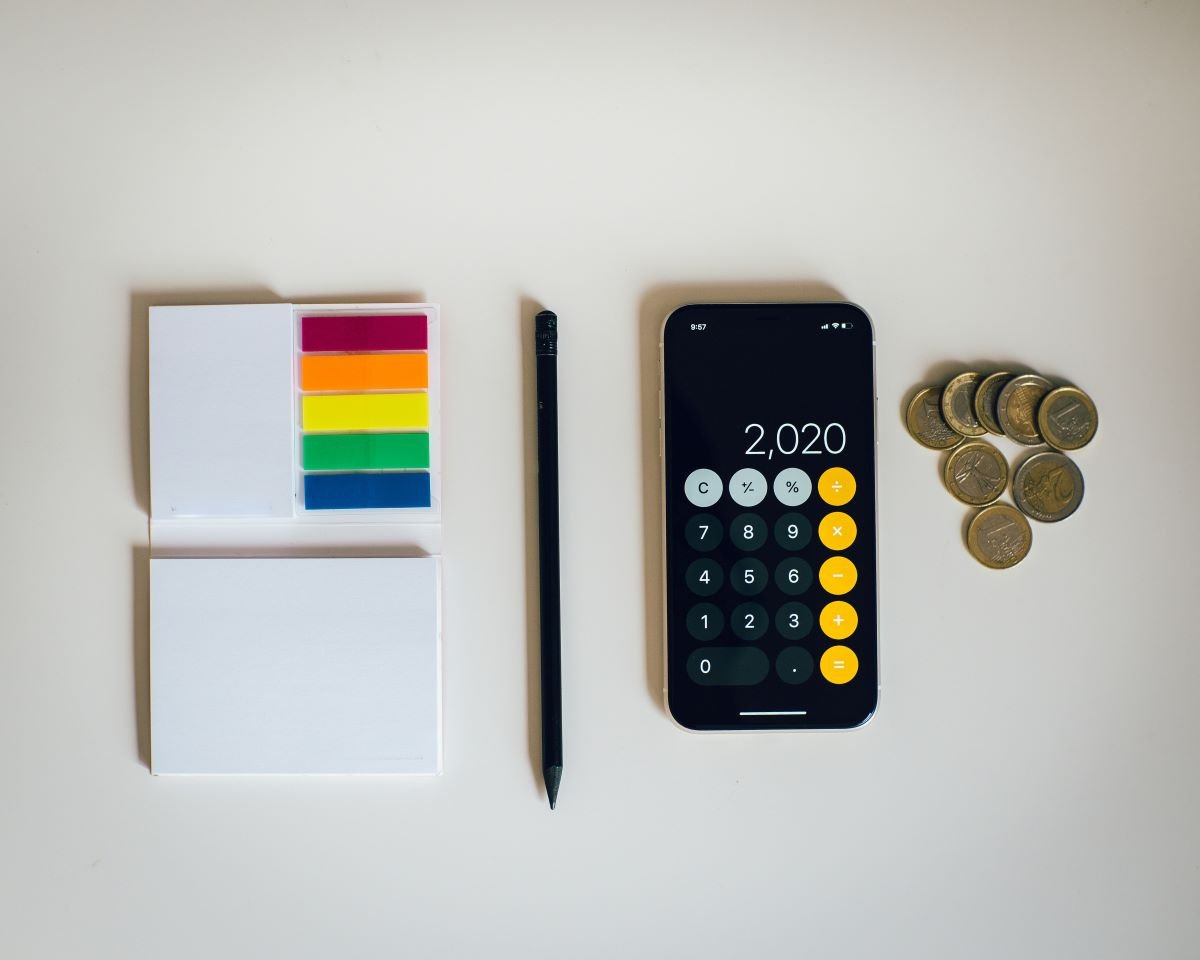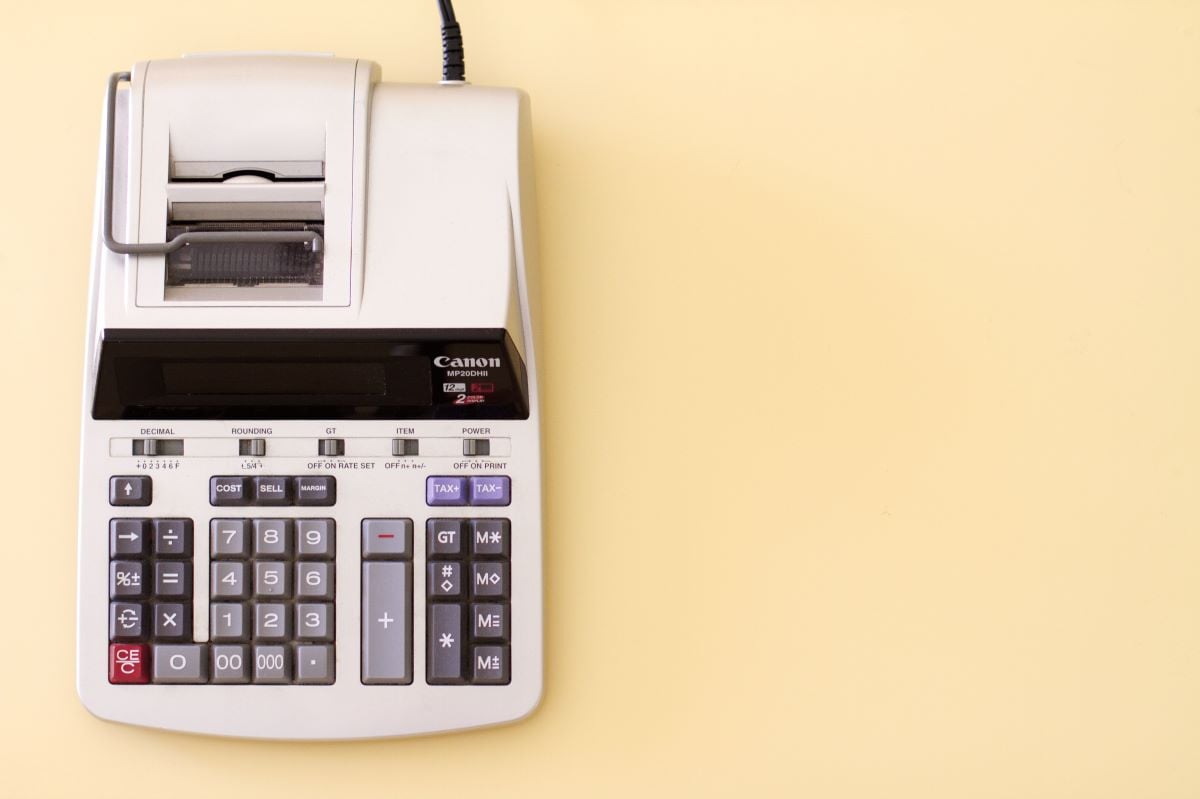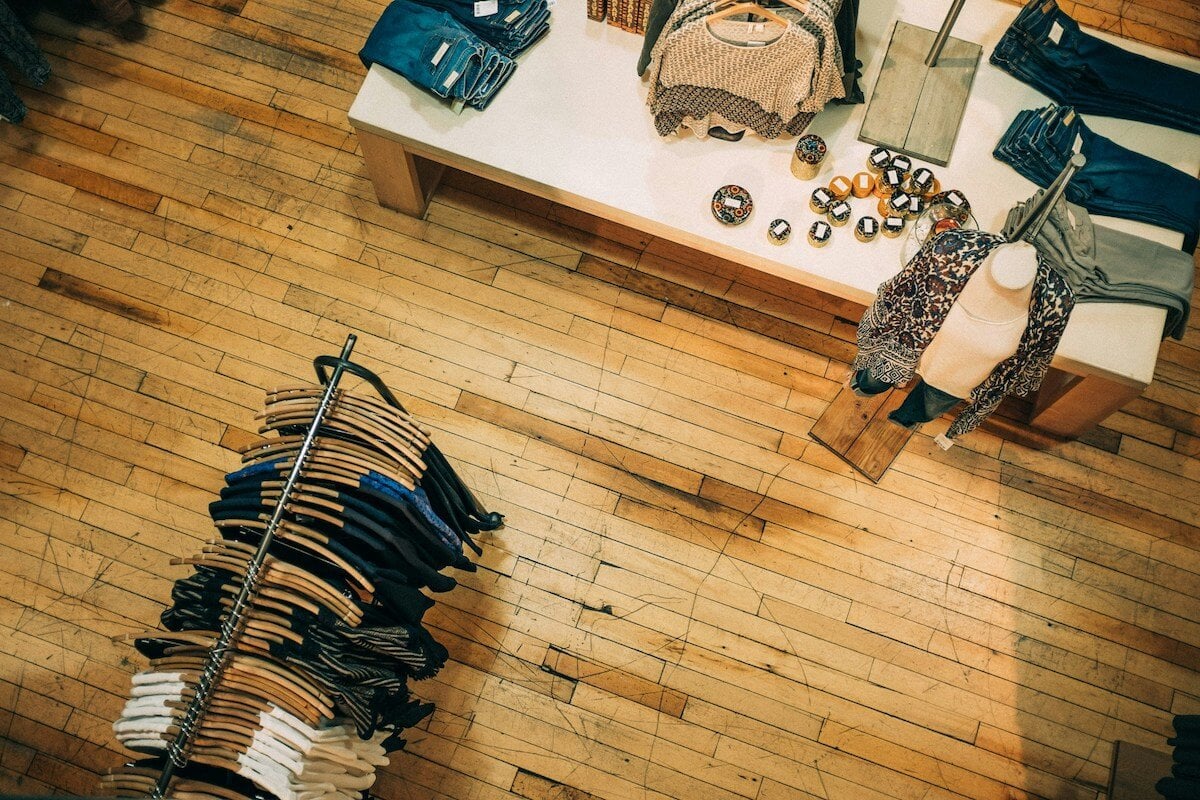
Like any industry, retail and wholesale comes with its own unique set of lingo (not to mention a veritable vat of acronyms).
Familiarising yourself with a range of key terms will help you feel more confident when engaging with suppliers and customers alike, not to mention give you a better sense of the options available to you at various points in your sales process, and beyond.
With that in mind, are you ready to sort your COD from your COGS? Your FIFO from your LIFO?
Here are 60+ key retail definitions and acronyms, quick fire style:
AOV
Average order value, so how much your average customer spends in one order. To find your AOV, divide your total sales revenue by your total number of orders.
Assortment
Assortment' may be used to refer to the selection of products you stock. Technically, it should be used to refer to the different products you stock within the same product category.
AWB
An air waybill (AWB) is a document that accompanies goods shipped by an international air courier to provide detailed information about the shipment and allow it to be tracked.
B Corp
A B Corp (B Corporation) is a business that has been awarded B Corporation status. This staus is awarded to for-profit businesses that ‘meet the highest standards of verified social and environmental performance, public transparency, and legal accountability to balance profit and purpose’. Essentially, it's a business that's doing good alongside making a profit.
📚 Bookmark for later: What is a B Corp & is it Worth Becoming One?
B2B
B2B (Business to Business) describes businesses (or part of a businesses) that sells only to other businesses, rather than to consumers.
B2C
B2C (Business to Consumer/Customer) describes businesses (or part of a business) that sells their products or services directly to the individual end customer, so the person who actually will be using them.
Backorder
Backorders are orders that have been placed, but not yet shipped, normally because the stock levels are low, rather than the seller simply being behind on processing orders.
Billing address
When we're talking about selling wholesale, the billing address is where you send the buyer's invoice or bill (not to be confused with the shipping address, which is where you send the products to).
BNPL
BNPL stands for 'Buy now pay later'. If you're buying something with 'BNPL' terms, you have the option to pay for at least part of the total cost at a later date. You may or may not be charged interest for paying at a later date, so always be sure to check the terms carefully. As an FYI, if you're buying from CREOATE, we won't charge you interest for paying later (provided you don't go over the set payment date).
Bookkeeping
Bookkeeing refers to the practice of tracking money coming into and going out of your business. It's necessary for accurate accounting, and monitoring your business's cash flow.
Brick & mortar
A traditional business that's based on a physical premises where it serves its customers, like a retail shop or cafe, as opposed to online.
COD
COD stands for 'collect on delivery' or 'cash on delivery', meaning the buyer only pays for the goods once they're delivered.
COGS
COGS (Cost of Good Sold) is the total cost of making your products, including the direct and labour costs of making the items (but not the fixed costs associated with running your business, like rent).
Consignment
If goods are sold 'on consignment', it means they're placed for sale in a retail space, while still being owned by the seller. The retailer will take commission on anything that's sold, and the seller will take back any unsold goods.
Cost price
A product's cost price is the total cost of creating that individual product from scratch, including all the raw materials and labour.
DDP
DDP (Delivered Duty Paid) shipping is an agreement that places the responsibility of paying any shipping costs, taxes, insurance and other charges with the sender of the items in question, rather than with the buyer. It’s a way for buyers to purchase products without worrying about unforeseen costs, and is especially useful for cross-border transactions.
📚 Bookmark for later: What is DDP?
DDU
DDU stands for Delivered Duty Unpaid. It's the opposite of DDP, and means a seller only pays for packaging and shipping the product to its destination. Any other costs that arise are the responsibility of the buyer.
Dead stock
Stock that has been around for a while without selling, and is now considered unlikely to be sold. This stock could be damaged, out of season, low quality, or generally surplus.
Distributor
While both wholesalers and distributors both work directly with manufacturers, they have a slightly different role and relationship. A distributor is generally more of a ‘sales partner’ to a manufacturer, contracted to help them expand into new markets, or new channels, whereas a wholesaler buys directly from a manufacturer, and sells products on to a retailer; their relationship is generally purely transactional, and simpler to define.
📚 Bookmark for later: Wholesaler vs Distributor: What's the Difference?
Dropshipping
Dropshipping is a retail fulfilment method whereby an ecommerce store sells a product, but doesn’t actually hold the stock. Instead, it’s packed and shipped by another company, and the retailer never comes into contact with the products — they’re more of a middleman.
📚 Bookmark for later: What is Dropshipping?
EORI number
An EORI number, or 'Economic Operators Registration and Identification number', is a code that’s unique to your business, and is recognisable by all customs officials within the EU. It’s needed when dealing with trade with EU countries. As of January 2021, UK-based businesses need an EORI number to carry out trade with EU countries, and vice versa.
📚 Bookmark for later: What is an EORI Number & Do I Need One?
FIFO
FIFO is an accounting method for valuing a business's current stock. It stands for 'First In, First Out', so works on the assumption that you sell your oldest stock first.
Fulfilment/fulfiled
In retail terms, an order is 'fulfiled' when it has been completed from the supplier side. When you're selling through CREOATE, your order is fulfiled once it is collected by our courier delivery service.
HS code
Harmonized System (HS) codes are six digit codes that identify and classify your product when shipping it across borders. It's used to regulate taxes and, when correctly used, means a delay- and hassle-free customs process, and smooth international sales.
📚 Bookmark for later: What is an HS Code?
Inventory
Your inventory is everything you have in stock ready to sell, as well as any raw materials you currently hold.
Inventory turnover
Inventory turnover is a measure of how quickly stock moves through your business. You can calculate your inventory turnover ratio by dividing your cost of sales by your average value of inventory for that period, with a result of between 2 and 4 being about right for a retail business (although what's 'good' varies by sector and business). A lowering inventory turnover ratio could mean products are becoming less popular.
📚 Bookmark for later: How to Calculate Stock Turn
Keystone
Keystone is the term given to a pricing method where you double the wholesale/cost price to determine the retail price. So if the cost price is £6 and you're using keystone pricing, the retail price would be £12.
Lead time
Lead time is — by its simplest definition — the time taken to complete a task. When we talk about ‘lead time’ in reference to inventory management, this is generally the time taken between placing an order for more stock, and that stock being received.
📚 Bookmark for later: What is Lead Time?
LIFO
LIFO is alternative accounting method to FIFO for valuing a business's current stock. It stands for 'Last In, First Out', so works on the assumption that you sell your most recent stock first.
Line
A 'line' is basically all the products that a wholesale business offers.
Line sheet
A line sheet is a spreadsheet of all a wholesale business's products, with basic information about each one.
LUCID number
The LUCID Packing Register is a German sustainability initiative that requires anyone selling products into Germany to register their business and the details of their packaging, and (depending on the type of packaging) potentially to contribute towards the cost of processing and recycling it. Once you register, you'll receive a LUCID number.
📚 Bookmark for later: What is a LUCID Number?
Manufacturer
Whoever makes the product. This could be a factory, or an individul artist who sells the products directly. A product may have more than one manufacturer - for example if blank t-shirts are made in a factory, and then embroidered by an artist who sells them.
Margin
Margin refers to the difference between the cost or wholesale price, and the retail price. Specifically, it refers to how much lower (as a percentage) the wholesale/cost price is than the retail price. So if something has a retail price of £10 and a wholesale price of £6, the margin is 40%.
📚 Bookmark for later: Margin & Reverse Margin Calculator
Marketplace
A marketplace is a website where multiple sellers can sell their products in one place. Popular examples include Amazon, eBay, Etsy, and CREOATE.
Markup
Markup also refers to the difference between the cost or wholesale price and the retail price. But in contrast to margin, here we're looking at how much higher (as a percentage or number) the retail price is than the wholesale/cost price. So if something has a retail price of £10 and a wholesale price of £6, the markup is 66%, or 0.66.
MOQ
MOQ stands for minimum order quanitity, and means the minimum quantity of a certain product that can be ordered at once.
MOV
MOV stands for minimum order value. If a brand sets a minimum order value of £100, it means you have to spend at least £100 when ordering from them.
Net payment terms
If you buy something with 'net payment terms', or simply 'net terms', this means you have the option to pay for it at a later date. See also: BNPL (Buy Now Pay Later).
Open-to-buy
'Open-to-buy' is essentially how much space and spend a retailer has calculated that they have available for new stock.
Pack size
The minimum amount of a product that the buyer needs to purchase at once.
Pre-order
A pre-order is an order placed for an item before the item is available. For example, you might pre-order Christmas cards in the summer, knowing they aren't yet available and won't be arriving for several months.
Private label
If you're buying a private label product, it means it's plain and unbranded, ready for you to add your own label and branding.
Proforma invoice
A proforma invoice sits somewhere between a quote and an invoice. It's a more formalised way of saying ‘here are the things/services I’m selling you, and this is what I’m expecting them to cost, but this might change a bit, and we can still negotiate on it’. It's typically more official and detailed than a quote but, unlike an invoice, a proforma invoice isn’t requesting payment (and can’t legally be used to do so).
📚 Bookmark for later: What is a Proforma Invoice?
Purchase order
A purchase order is a document created by the buyer of goods and presented to the seller of goods. It's a legally binding document detailing which products the buyer is purchasing, and in what amounts.
Raw materials
Raw materials are the components that make up your final product. If you sell embroidered t-shirts, this could be the embroidery thread and either the plain t-shirts, or the t-shirt material if you sew them yourself.
Retailer
A business selling products to the end consumer, rather than to another business for resale. These can be their own products, or the products of different brands that they sell in their own shop or ecommerce store.
Revenue
Revenue is your business's total income so all the money that comes in to your business in a set period.
Reverse margin
With reverse margin, we work back from the retail price to determine what the wholesale/cost price of the product needs to be in order to get the margin we want.
Reverse markup
With reverse markup, we're working back from the wholesale/cost price to determine what the retail price of our product should be based on the markup we want.
RRP
RRP stands for recommended retail price. It's the suggested price that an item should be sold for, so how much you’d expect to pay for an item if you buy it in a shop. Other names for RRP include: list price, manufacturer’s suggested retail price (MSRP) or suggested retail price (SRP). RRP is generally the most common term in the UK, whereas MSRP is more commonly used in the US.
📚 Bookmark for later: What is RRP?
Sell-through (rate)
Sell-through rate is a measure of how quickly a particular product sells, expressed as a percentage. To calculate a product's sell-through rate divide the total number of products sold by the the number you had at the start of the period, then times this by 100 to express it as a percentage.
Shipping address
The shipping address is the address that the seller should send the order to (not to be confused with the billing address, which is where their invoice or bill should be sent - although these are often the same address).
SKU
SKU stands for 'stock keeping unit'. It's a unique code that represents a particular product, and is typically made up of eight numbers and letters.
Trade show
A trade show is a B2B event where sellers set up stands to showcase their products to retailers. Trade shows normally take place over a period of a few days.
VAT
VAT stands for value added tax, and is the fixed percentage of tax added to goods and services in the UK. The standard VAT rate is 20%, but some goods (like children's clothes) are only subject to 5% VAT, and a few are subject to 0% VAT.
📚 Bookmark for later: VAT & Reverse VAT Calculator
WAC
WAC stands for weighted average cost. It's another accounting method for valuing a business's inventory (like FIFO and LIFO). With a weighted average cost, you value your invenory based on the average cost price of each product.
White label
White label is another term for private label. If you're buying a white label product, it means it's plain and unbranded, ready for you to add your own label and branding.
Wholesaler
A business that sells products wholesale for resale. They may make the products themselves, or buy them directly from a manufacturer.
WSP
WSP stands for wholesale price. It's the per unit price a retailer pays when buying stock for their store.


